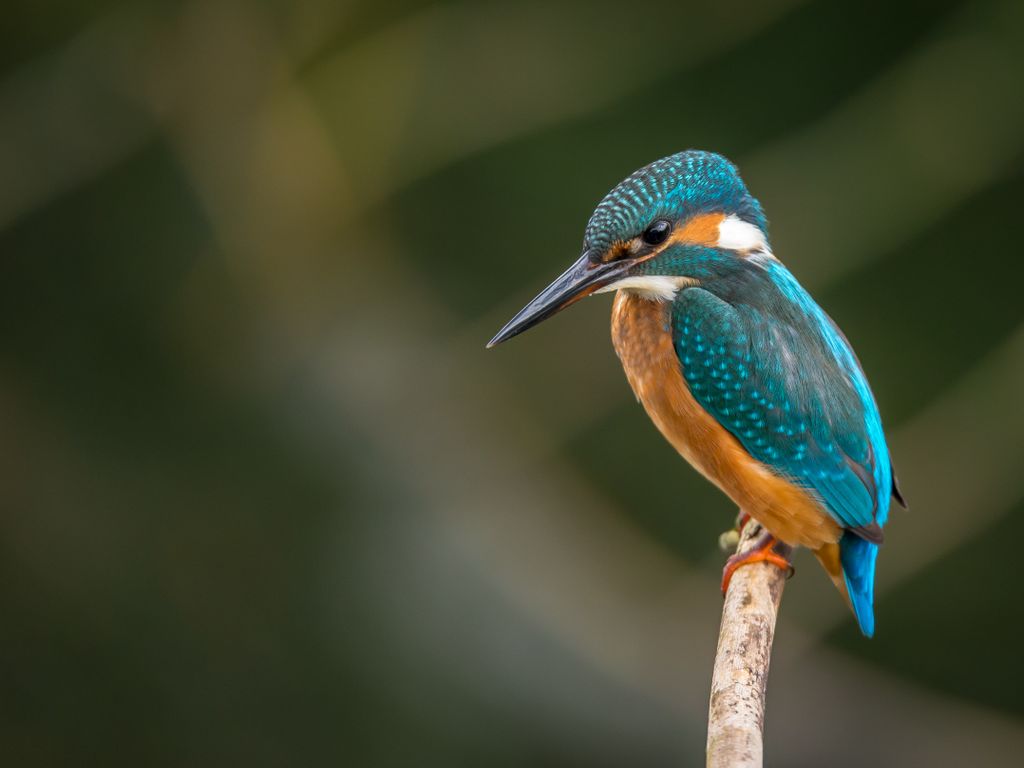6 Mins Read
During the COVID-19 pandemic-imposed lockdowns, reports of air quality improvements in certain locations gave many of us the impression that we may have somehow been able to mitigate the effects of global warming. In reality, experts from the United Nations Environment Programme (UNEP) analyzed atmospheric and ice core concentrations of carbon dioxide and found an increase in levels. Turns out, reduced industrial activity and air travel have hardly had any impact. Our pollution levels are continuing to drive animal and plant species to extinction and degrade soil fertility at a worrying rate.
In April 2021, the average concentration of carbon dioxide was 416.21 parts per million (ppm), the highest since records first began in Hawaii in 1958. Ice core measurements indicated that such levels had not been recorded for the past 800,000 years.
In a recent scientific paper, researchers predicted that the planet is headed for a ‘ghastly future’ unless drastic and effective action is taken to reverse the effects of climate change and ecological degradation. We stand to lose our ‘entire biosphere and all its lifeforms’ including our own existence coming under threat.
Listing four steps that each of us can take, a research paper led by the University of Oxford has spoke of the four ‘Rs’, one of which is to invest in renewing and revitalizing the natural world. That’s where rewilding comes in, a restoration strategy that works to increase biodiversity and strengthen conservation efforts.
Rewilding: where does it come from?
Back in the 1970s and 1980s, conservationist Dave Foreman coined the term rewilding as a way to highlight the importance of it as a way to restore nature’s balance. Speaking about the concept, Foreman said at the time: “Some 30 years ago, Dave Brower was promoting Global CPR (Conserve – Protect – Restore) and ecological restoration was being widely promoted. Ecological restoration was about restoring the ecological process (such as making a wetland) but not so concerned with the native species that may have been lost. I meant rewilding to instead be about wilderness restoration – restoring wildness with native species and processes. So, let us all remember that rewilding comes from wilderness recovery (or restoration).”
Rewilding is a strategy that can help increase biodiversity, create self-sustainable environments, and control the effects of climate change. It can help restore lost species by giving them space to thrive, by population enhancement, and by reintroducing key native species. This way, rewilding creates wilder and more biodiverse habitats.
Another definition of rewilding explains the effort in ‘3 C’s’ — conservation of Cores, Corridors, and Carnivores, with conservationist John Davis observing that “Rewilding, in essence, is giving the land back to wildlife, and wildlife back to the land”.
How can rewilding help restore biodiversity?
- Rewilding provides nature with an opportunity to re-establish its natural state of abundance and biodiversity.
- Ecosystems can become high functioning and self-sustaining, along with finding a natural balance letting all the elements thrive.
- Rewilding protects species from extinction.
- Restoration provides us, humans, with a chance to interact with nature improving our overall health and well-being.

How can we practice rewilding?
To begin rewilding, you have to ensure that all barriers that could affect nature’s ability to exist and thrive should be identified and addressed. These can include dams, dykes and ending dangerous activities such as deforestation. Building wildlife overpasses, for example, can be a way to address such barriers.
The second way would be to reintroduce certain species such as wolves, jaguars, elephants and bears in order for these animals to keep the bottom of the food chain in check and limit overpopulation, as this too can disturb the ecosystem. For instance, a successful example of wildlife reintroduction is the Yellowstone National Park’s thriving wolf population. Data shows that the 1995 reintroduction of 14 Canadian wolves (there were none before), has resulted in 11 packs and 108 individual wolves as of 2016.
Other methods include the development of spaces that can connect similar areas of wilderness that were once part of the same landscape and the reintroducing of native plants and native insect species.
Over in North America, the Y2Y initiative aims to implement rewilding in areas such as Yellowstone Park and the Yukon in northern Canada by removing any kind of human interference from the ecosystem to encourage wildlife to return and thrive again.
There’s Rewilding Europe, an organization that implements rewilding projects from the Iberian peninsula to the Swedish Lapland, from the wetlands on the coast of the Black Sea in Ukraine and is already seeing progress as bears, ibex, and wolves come back to these ecosystems after decades of absence.
In India, there are parts of the country where you can find leopards and tigers roaming freely despite close proximity to villagers and livestock thanks to rewilding efforts. Several organizations are working to form a healthier ecosystem that can help benefit tourism, create jobs and improve livelihoods.
As of yet, no government has come together to support rewilding as a conservation strategy through funds or policies.
A recent campaign by Scottish Rewilding Alliance urged the Scottish Government to declare Scotland as the world’s first Rewilding Nation. A short film narrated by wildlife presenter and filmmaker Gordon Buchanan depicts the benefits of rewilding, showing how wildlife can return with both nature and humans prospering.
The Alliance wants the government to commit to rewilding 30% of the country’s land and sea within a decade. In a recent survey they conducted, 76% of Scots have come forward to show their support to rewilding and the campaign around it.
Rewilding: the travel opportunity
In the travel space, Rewilding Europe is working to make rewilding a part of mainstream travel. One of their goals is to return nature to a wilder state across eight regions of Europe. They plan to achieve this by transforming the tourism industry, driving tourists’ attention to remote areas, such as the southern Carpathians in Romania or the Velebit mountains on the Croatian coast, which at the same time would create new employment opportunities within these local communities.
Back in 2017, the organization also set up a travel agency via which tourists can visit its rewilding projects. This kind of tourism can help to replace the income once generated through extractive jobs, such as forestry.
Eco-tourism would not happen without rewilding and the development of the former with the latter should be carefully planned from the beginning. Below is a quick list on how to begin –
- Only a certain number of tourists should be allowed in a particular area.
- While constructing ecotourism sites, only sustainable materials should be used.
- Renewable energy sources such as solar, wind, or water should be used as much as possible, with fossil fuels avoided at all costs.
- Government officials and ecotourism operators should seek cooperation from conservation groups and nongovernmental organizations and look at providing start-up funding, training, and technical assistance for eco tourism projects.
- As travellers, we can choose to reduce our carbon offsets by travelling locally, reducing air travel, opting for sustainable stays and activities.
According to a recent report, 20% of all countries in the world are now threatened with ecosystem collapse as biodiversity continues to be eroded, and over half (55%) of the world’s GDP – equal to US$41.7 trillion – is dependent on biodiversity and ecosystem services is also at stake.
Lead image courtesy of Vincent van Zalinge/Unsplash.




